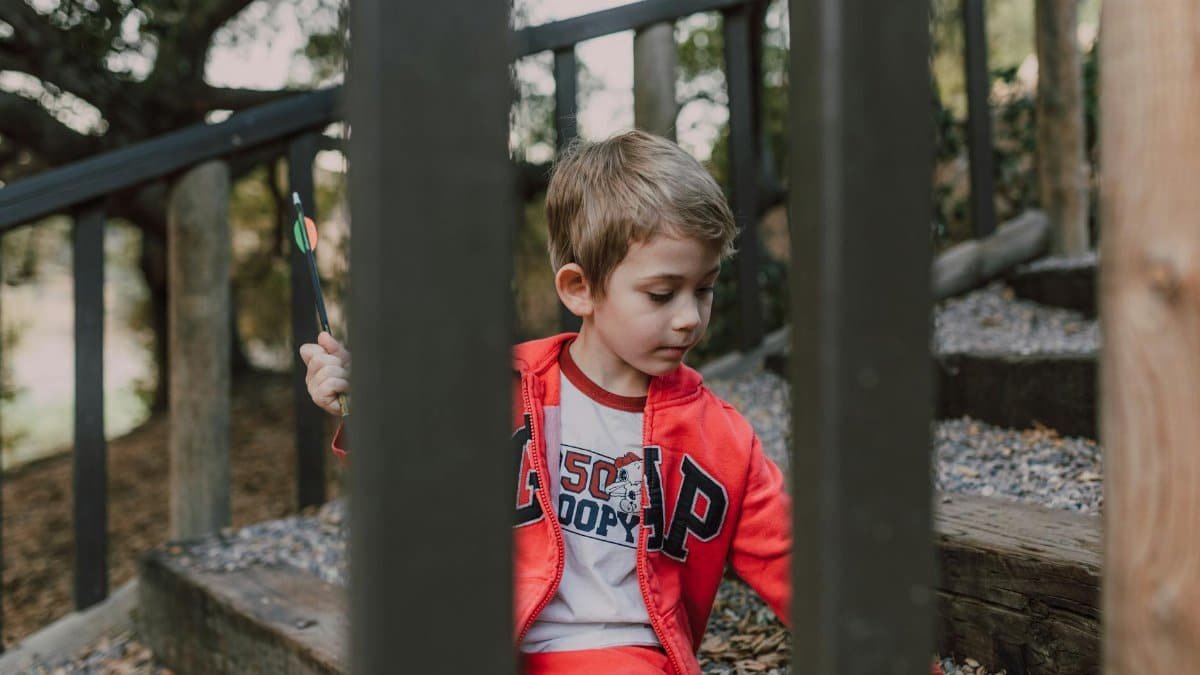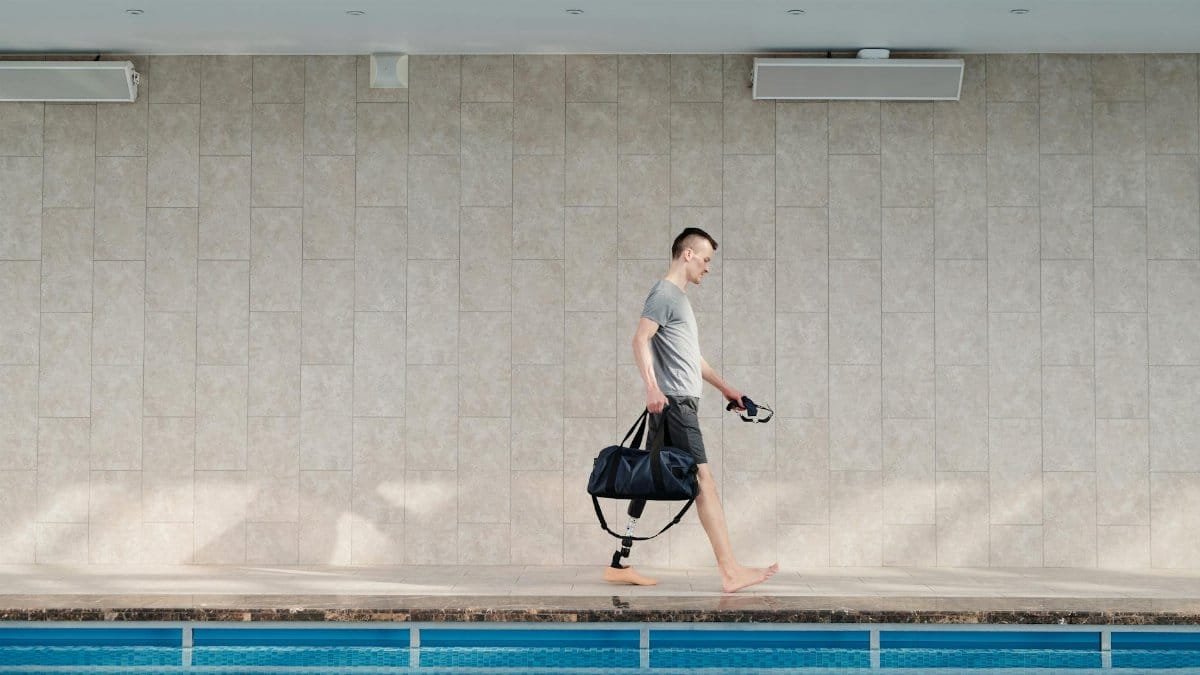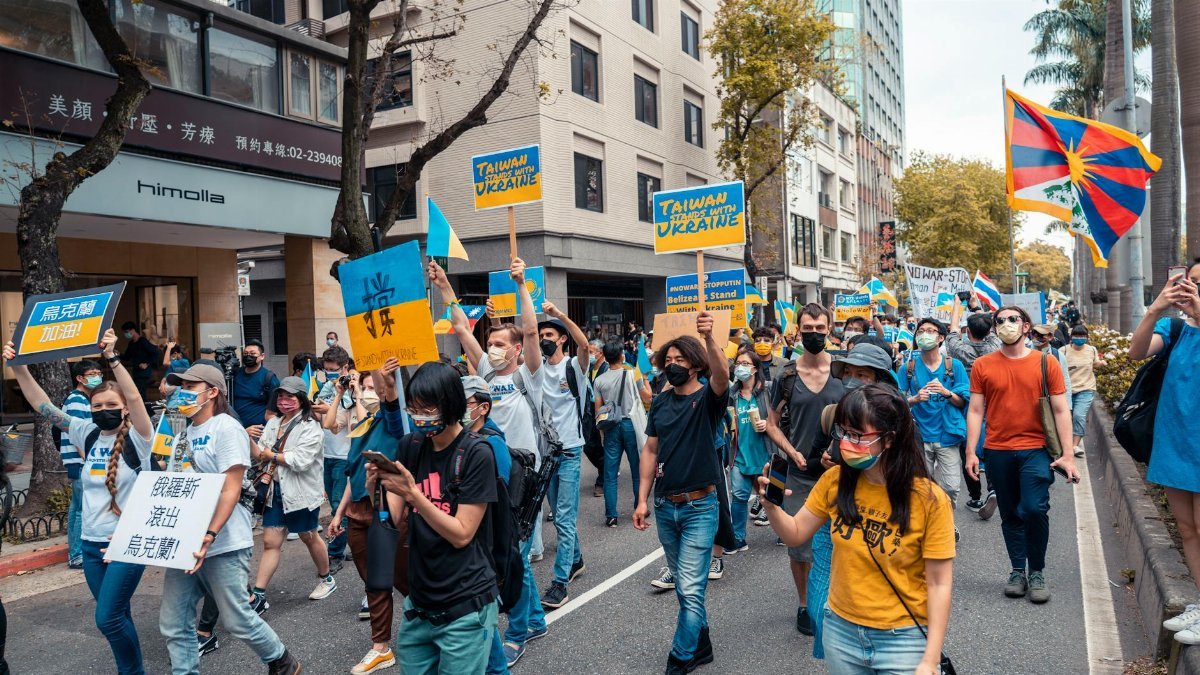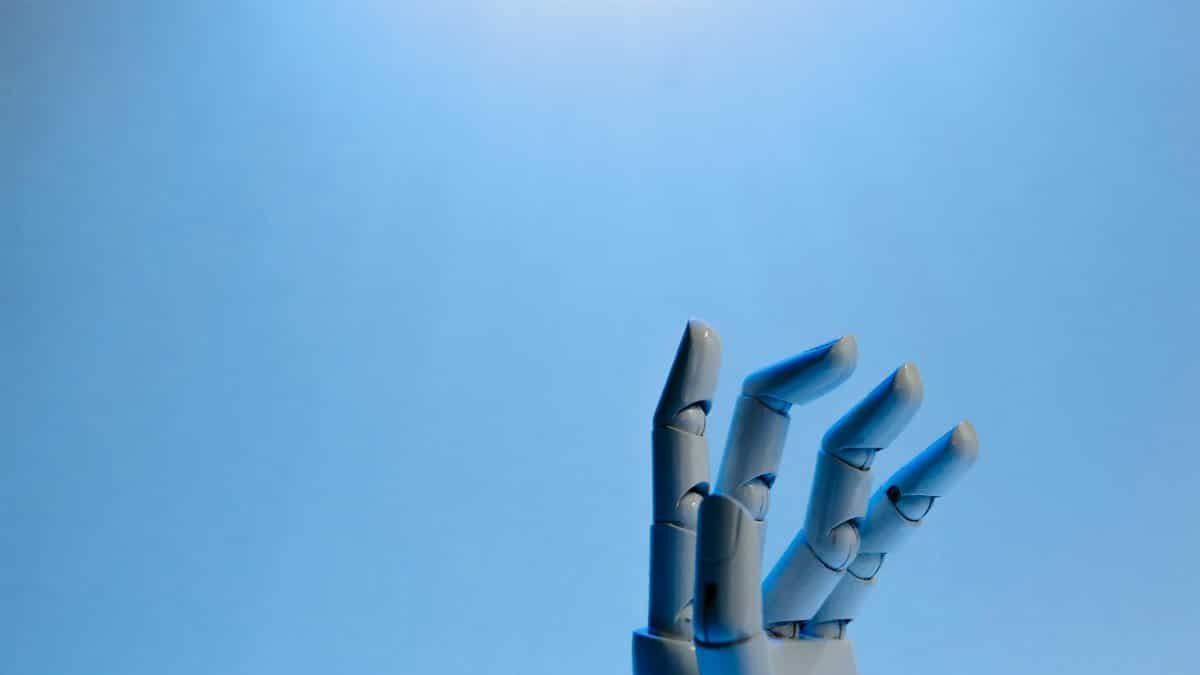New data shows 35% of Americans report improved focus after incorporating clarity resilience meditation into their routines, according to a recent survey by the American Psychological Association. This practice, blending self-inquiry with mindfulness techniques, is gaining traction amid rising distractions from digital overload. As workplaces and daily lives become more chaotic, clarity resilience meditation offers a path to mental sharpness and emotional strength. Experts say it’s not just a trend; it’s a tool for real change in how we handle stress and maintain concentration.
What Is Clarity Resilience Meditation?

Clarity resilience meditation combines elements of traditional mindfulness with targeted self-inquiry to build mental fortitude. Practitioners focus on questioning their thoughts and emotions, fostering a clearer mind resistant to distractions. Unlike basic breathing exercises, this method emphasizes resilience against life’s disruptions. It’s rooted in ancient philosophies but adapted for modern needs, helping users navigate everything from work emails to social media noise.
The Science Behind Self-Inquiry

Research supports self-inquiry as a distraction buster. Studies show that reflective questioning activates brain regions linked to focus and emotional regulation. For instance, a 2023 study from Harvard Medical School found participants who practiced self-inquiry reported 25% less mind wandering. This ties directly to clarity resilience meditation, where such techniques build long-term mental stamina. Neuroscientists note it strengthens neural pathways, making it easier to rebound from interruptions.
Common Distractions It Targets

In 2025, distractions abound: notifications, multitasking, and information overload top the list. Clarity resilience meditation addresses these by training the mind to pause and assess. Users learn to identify triggers, like endless scrolling, and redirect energy toward productive tasks. Therapists recommend it for those overwhelmed by remote work demands, where boundaries blur and focus fragments easily.
Practical Steps to Get Started

Begin with five minutes daily. Sit quietly, ask yourself: “What thought is pulling me away?” Breathe deeply and observe without judgment. Apps like Headspace offer guided sessions tailored to resilience building. Consistency is key; experts suggest journaling responses to track progress. This simple routine can shift habits, turning chaotic days into focused ones.
Real-Life Benefits for Daily Life

Professionals using clarity resilience meditation report sharper decision-making and reduced burnout. A tech worker in San Francisco shared how it helped her ignore Slack pings during deep work. In education, teachers apply it to manage classroom chaos, improving patience and presence. These anecdotes highlight its role in enhancing work-life balance amid America’s fast-paced culture.
Challenges and How to Overcome Them

Not everyone finds it easy at first. Skeptics struggle with introspection, feeling it stirs up more noise. To counter this, start small and pair with physical activity, like walking meditation. Mental health pros advise patience; resilience builds over weeks, not days. If distractions persist, consulting a therapist can refine the practice for better results.
Integrating with Other Wellness Practices

Clarity resilience meditation pairs well with yoga or exercise, amplifying effects on focus. Combine it with gratitude journaling to boost positivity. In corporate wellness programs, it’s often bundled with stress management workshops. This holistic approach maximizes benefits, creating a robust defense against daily mental clutter.
Expert Opinions on Its Effectiveness

Psychologists praise its adaptability. Dr. Elena Ramirez, a mindfulness researcher, notes: “It’s a game-changer for distraction-prone individuals.” Backed by data from the American Psychological Association’s Mindfulness Resources, it shows promise in clinical settings. Another study from the National Center for Biotechnology Information links similar practices to sustained attention improvements.
Potential Drawbacks to Consider

While effective, it’s not a cure-all. Over-reliance might lead to avoidance of real issues. Critics argue it requires discipline many lack in busy schedules. Balance it with professional help if dealing with severe anxiety or ADHD, where medication could complement the practice.
Looking Ahead: Trends in Mindful Focus

As 2025 unfolds, expect more apps and workshops centered on clarity resilience meditation. With remote work persisting, demand for distraction-fighting tools will rise. U.S. trends indicate growing adoption in schools and offices, signaling a shift toward proactive mental health strategies.
